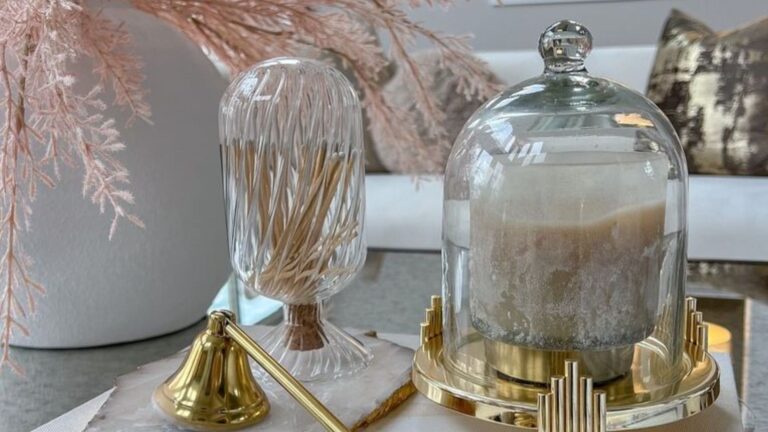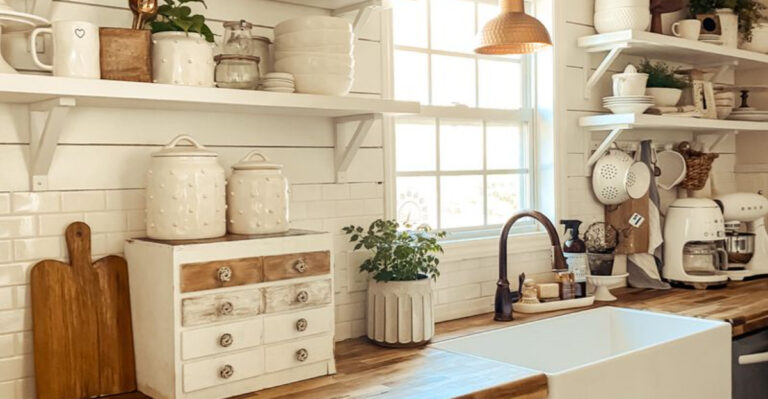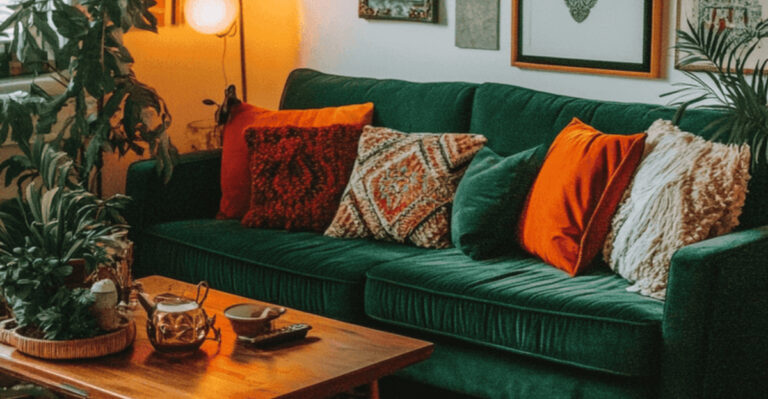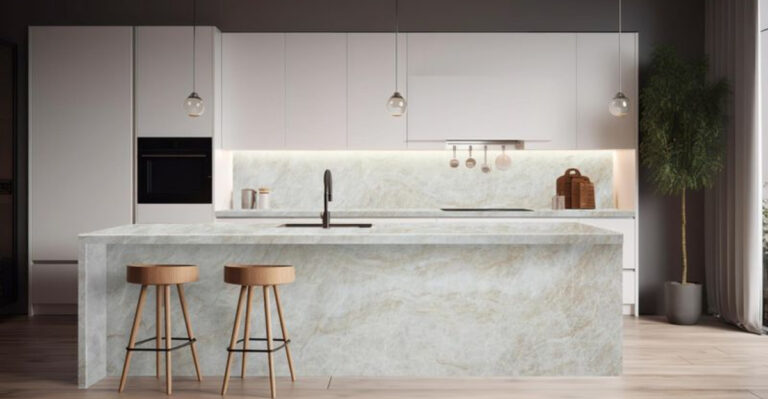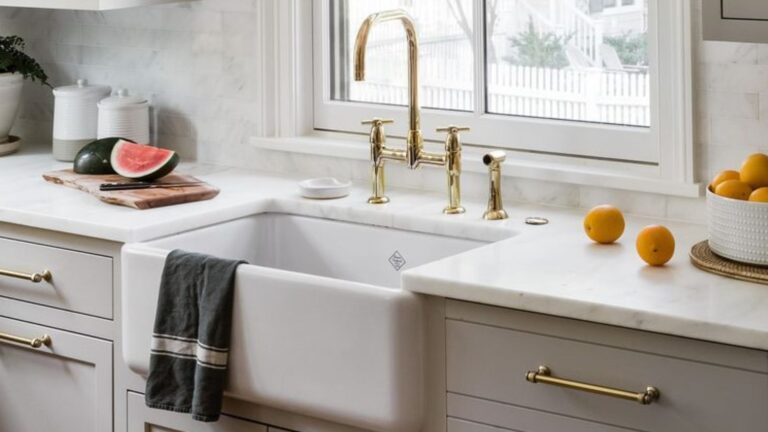Negative Space Is The Secret To A Nicer Looking Home
I used to think my home needed more stuff to feel complete, another lamp here, a few extra pillows there. But the real magic happened when I started taking things away.
Creating a little breathing room around my furniture completely changed how the space felt. That’s the power of negative space. It’s not about going full minimalist, it’s about letting your room breathe.
Suddenly, everything feels calmer, more open, and way more intentional. If your home’s been feeling a little cramped or chaotic, you might not need more decor. You might just need a little space to let it all shine.
1. Clear Your Coffee Table Of Everything Except One Thing
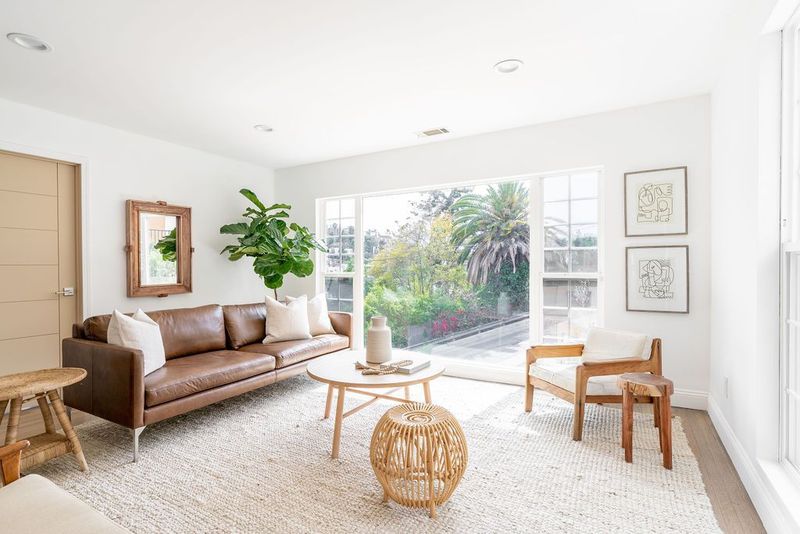
Coffee tables become junk magnets faster than you can say “remote control.” Books, magazines, candles, and random knick-knacks pile up until your table looks like a garage sale.
Pick just one beautiful item to display. Maybe a simple bowl, a small plant, or an interesting book.
Your living room will instantly feel more organized and grown-up. Plus, you’ll actually have space to put down your coffee cup without playing Tetris with the clutter.
2. Leave Some Wall Space Blank Between Your Pictures
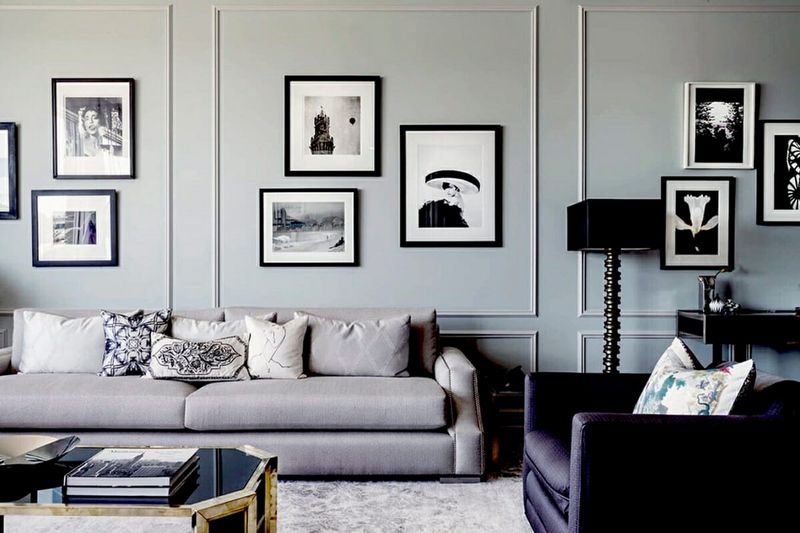
Gallery walls look awesome, but cramming every inch with frames creates visual chaos. Your eyes need somewhere to rest between all those images.
Space your pictures at least six inches apart. Think of the blank wall as part of the artwork itself.
This breathing room makes each picture more important and easier to appreciate. Your hallway transforms from looking like a cluttered photo booth to a curated art space that feels intentional and calm.
3. Keep Your Kitchen Counters Almost Empty
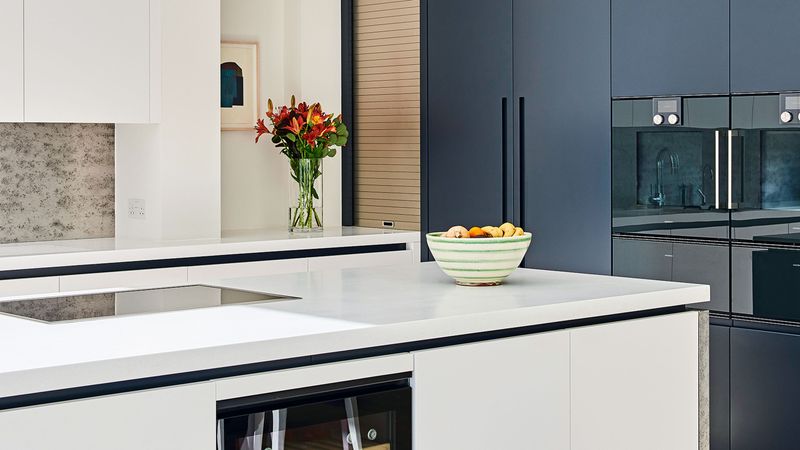
Countertops aren’t storage units, even though we treat them like one. Every appliance, jar, and gadget sitting out makes your kitchen feel smaller and messier.
Store most items in cabinets and drawers. Leave only daily essentials like a coffee maker or fruit bowl visible.
Clean counters make cooking more enjoyable and your kitchen appear twice as large. You’ll feel like a chef in a fancy restaurant instead of someone trapped in a cramped cafeteria.
4. Choose Furniture With Legs Instead Of Solid Bases
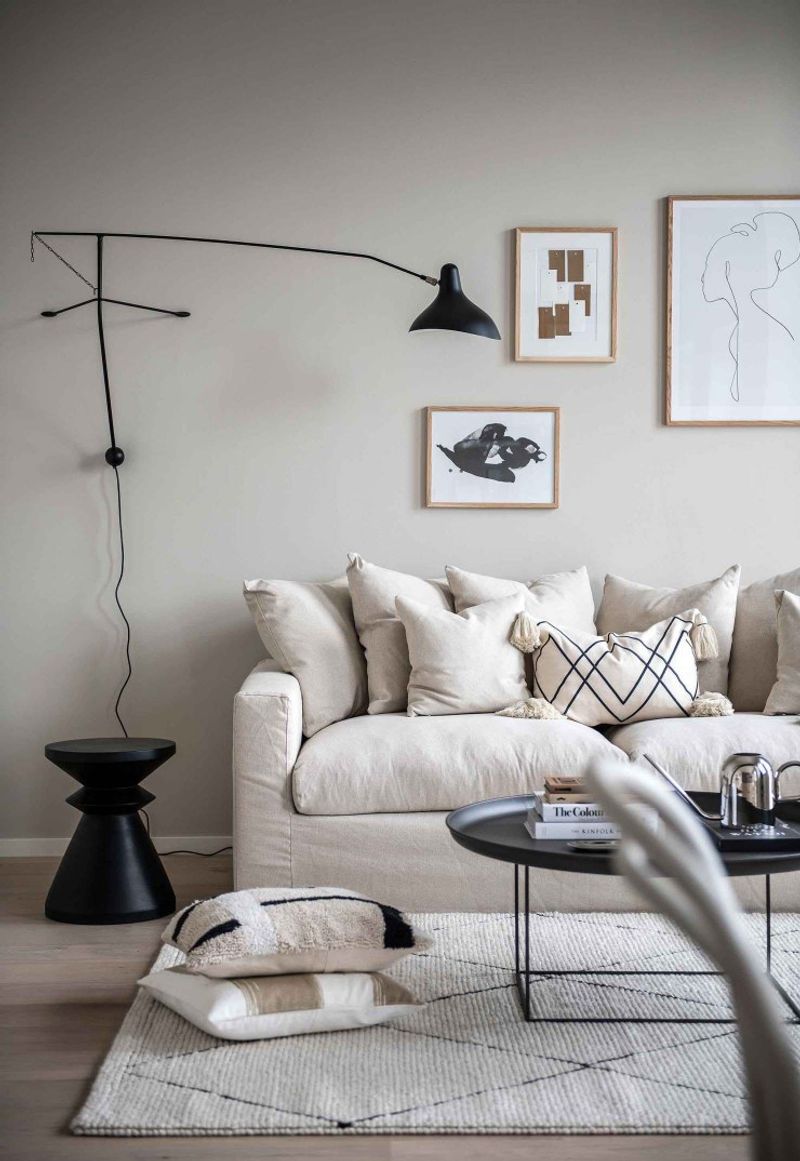
Furniture that sits directly on the floor creates visual weight that makes rooms feel heavy and crowded. Chunky, solid pieces eat up space even when they’re not that big.
Sofas, chairs, and tables with visible legs create airiness underneath. Light flows through these gaps, making everything feel lighter.
Your room gains breathing room without actually removing any furniture. It’s like giving your space a diet without changing what you own, just how it looks.
5. Stop Filling Every Corner With Something
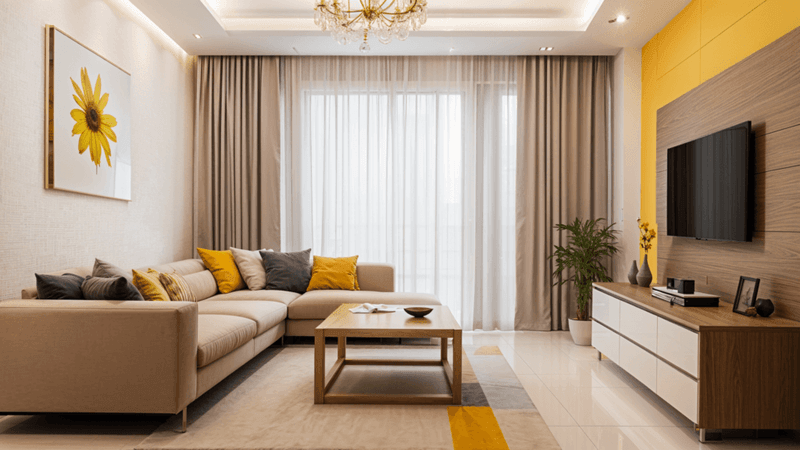
Empty corners aren’t failures or wasted opportunities. They’re like commas in a sentence, giving your room natural pause points that help everything else make sense.
Resist the urge to stuff plants, lamps, or decorative objects into every available nook. Some corners deserve to stay gloriously empty.
These vacant spots actually make your room feel more spacious and well-planned. Your furniture gets to shine without competing for attention with unnecessary corner clutter that nobody really notices anyway.
6. Use Fewer Throw Pillows On Your Couch
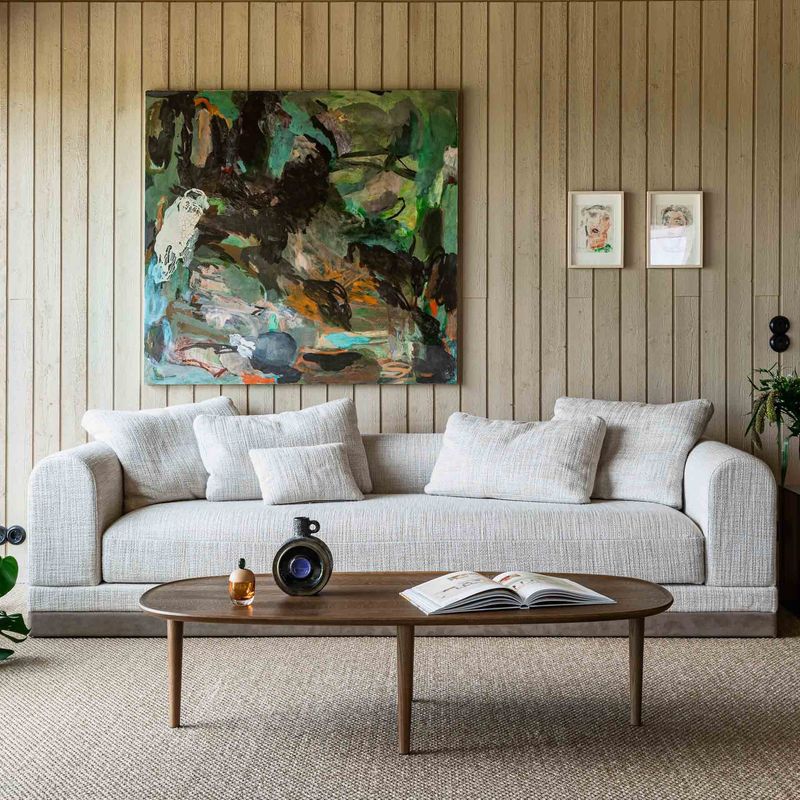
Throw pillows multiply like rabbits when you’re not looking. What starts as two becomes six, then suddenly your couch looks like a pillow fort explosion happened.
Stick to two or three pillows maximum. Your couch should still look like furniture people can actually sit on comfortably.
Fewer pillows mean less visual noise and more actual seating space. Guests won’t need to perform pillow Jenga just to find a place to sit down and relax.
7. Create Breathing Room Around Your Dining Table
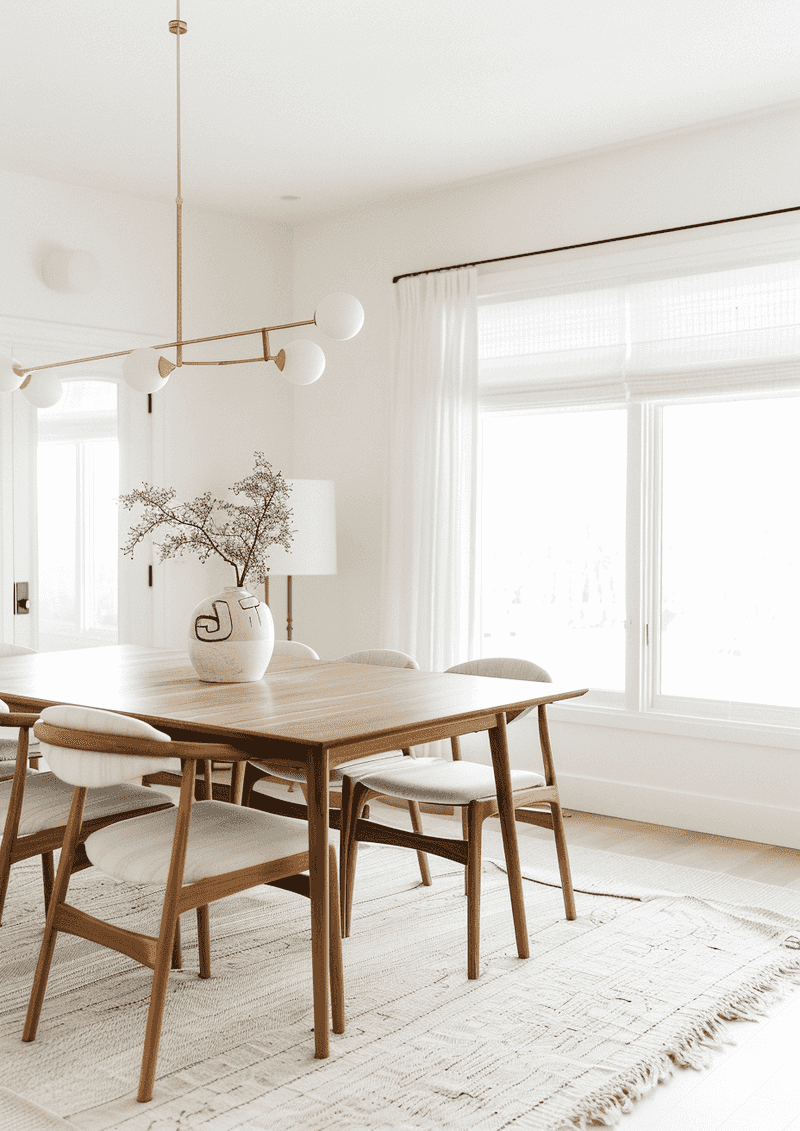
Dining rooms often feel cramped because tables get pushed against walls or surrounded by too much other furniture. Your table needs personal space too.
Leave at least three feet of clearance on all sides where people will walk. Move extra chairs to other rooms when not needed.
This open space makes your dining area feel restaurant-fancy instead of cafeteria-crowded. People can move around easily, and the room feels more welcoming for both everyday meals and special occasions.
8. Skip The Matching Bedroom Set Approach
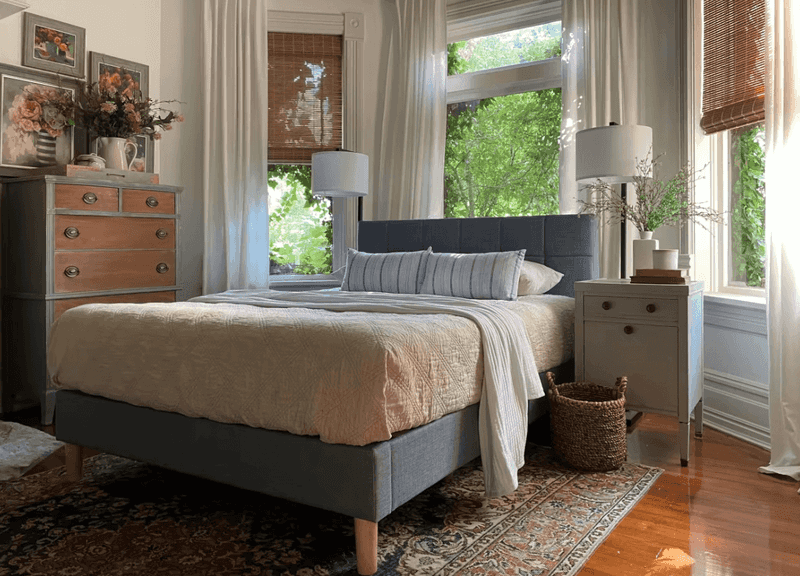
Furniture sets make bedrooms look like hotel rooms or furniture store displays. Everything matches perfectly, which sounds good but actually creates boring, predictable spaces.
Mix different pieces instead of buying everything from the same collection. Leave some floor space visible between furniture pieces.
Your bedroom develops personality and feels more custom-designed. The varied heights and styles create visual interest while open floor areas make the room feel larger and more personal.
9. Hang Curtains Higher And Wider Than Your Windows

Most people hang curtains exactly where the window frame ends, which makes windows look smaller and ceilings appear lower. This cramped approach shrinks your whole room.
Mount curtain rods closer to the ceiling and extend them past the window sides. Use panels that just touch the floor.
Windows appear larger and more important, while ceilings seem taller. The extra fabric creates elegant vertical lines that draw eyes upward, making your entire space feel more grand and airy.
10. Choose One Large Piece Of Art Instead Of Many Small Ones
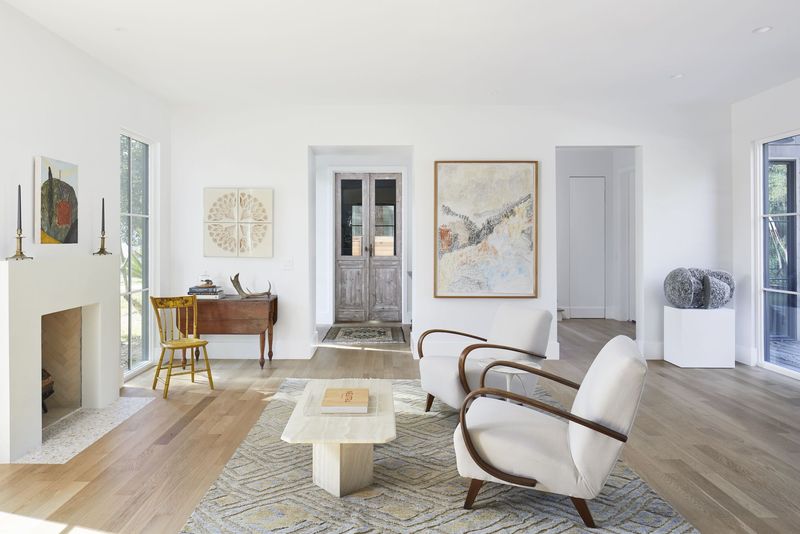
Tiny artwork gets lost on big walls and makes rooms feel cluttered even when they’re not. Multiple small pieces compete for attention like kids in a candy store.
One substantial piece commands respect and creates a focal point. The surrounding empty wall space makes the art more impactful.
Your room gains sophistication and calm energy. Large art pieces make statements while smaller ones just make noise. Think museum gallery, not refrigerator door covered in magnets and photos.
11. Keep Your Nightstand Surfaces Almost Clear
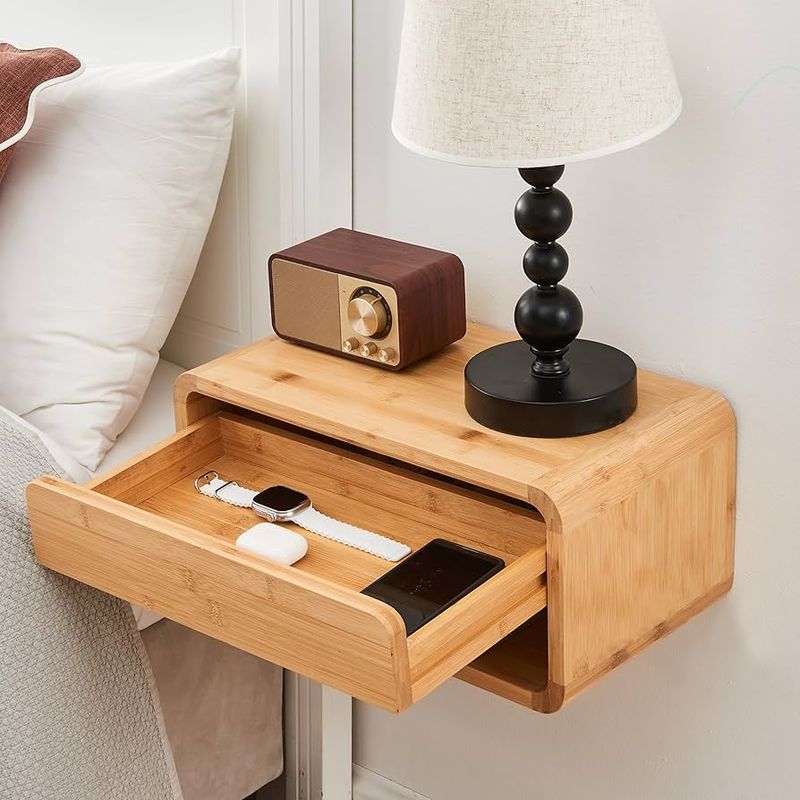
Nightstands collect random junk faster than teenagers collect excuses. Books, chargers, water glasses, and mysterious objects pile up until your bedside looks like a garage sale.
Keep only absolute essentials visible. Maybe a lamp, clock, and one book. Store everything else in drawers or elsewhere.
Clean nightstands make bedrooms feel more peaceful and hotel-like. You’ll sleep better without visual clutter demanding attention when you’re trying to relax and unwind at night.
12. Leave Space Between Your Sofa And The Wall
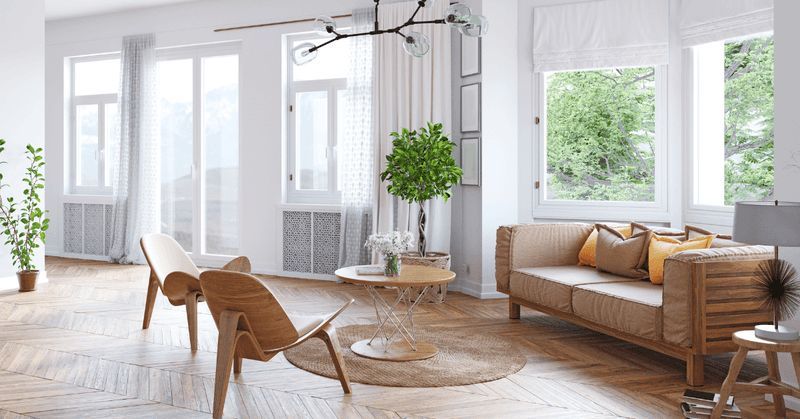
Pushing furniture against walls seems logical for saving space, but it actually makes rooms feel smaller and more cramped. Everything looks scared to take up room.
Pull your sofa a few inches away from the wall. This creates visual breathing room and makes the piece look more intentional.
Your living room gains sophistication and feels larger. Floating furniture creates better flow and makes spaces feel more designed rather than just filled with stuff pushed wherever it fits.
13. Use Mirrors To Create The Illusion Of More Space
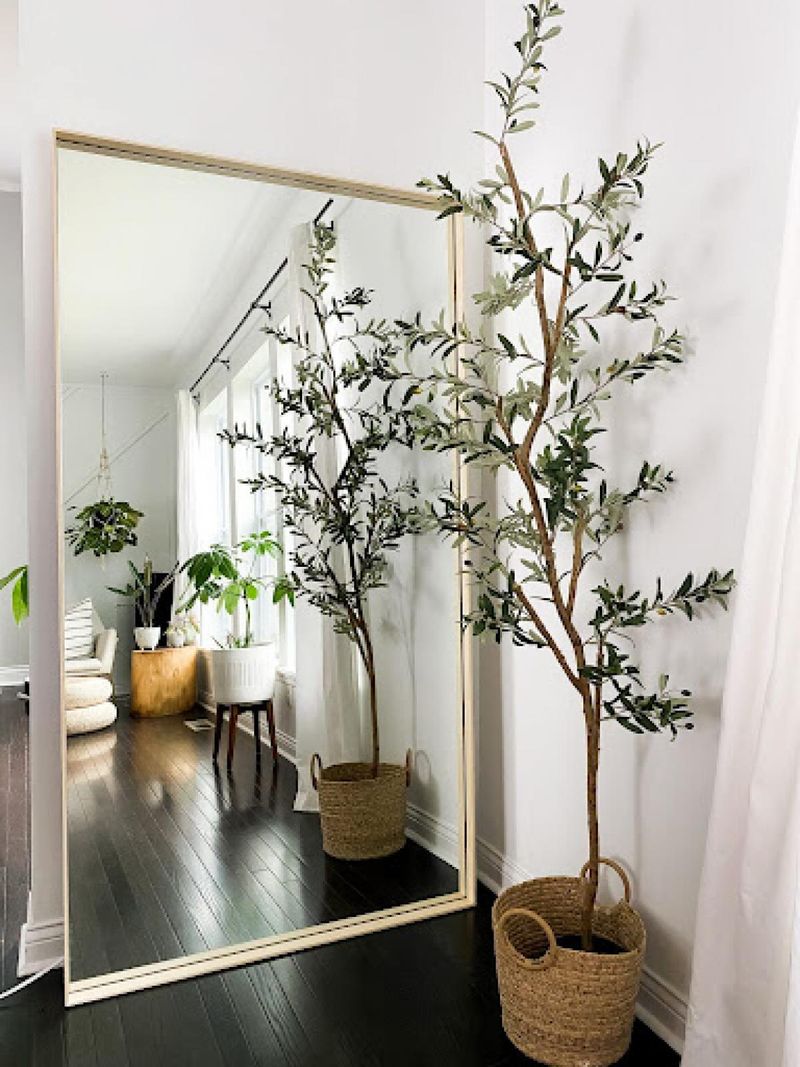
Mirrors are like magic tricks for small rooms. They bounce light around and create the illusion of depth where none exists before.
Place mirrors opposite windows or in dark corners. Large mirrors work better than collections of tiny ones for maximum space-expanding effect.
Your room instantly feels twice as big and much brighter. Mirrors create virtual negative space by reflecting empty areas and making boundaries disappear. It’s like adding square footage without calling contractors.
14. Choose Light Colors For Your Walls And Furniture
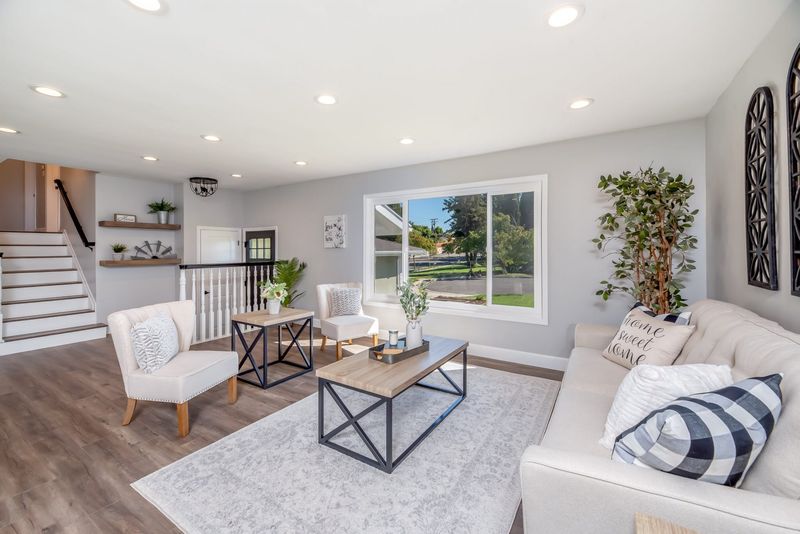
Dark colors absorb light and make everything feel smaller and more closed-in. It’s like wearing black in summer, technically possible but not the smartest choice.
Light colors reflect light and create airiness. Whites, creams, and pale grays make walls seem to disappear rather than close in.
Your rooms feel larger and more open without changing their actual size. Light colors create visual negative space by making boundaries less obvious and harsh. Everything feels more spacious and breathable.
15. Organize Your Bookshelves With Some Empty Space
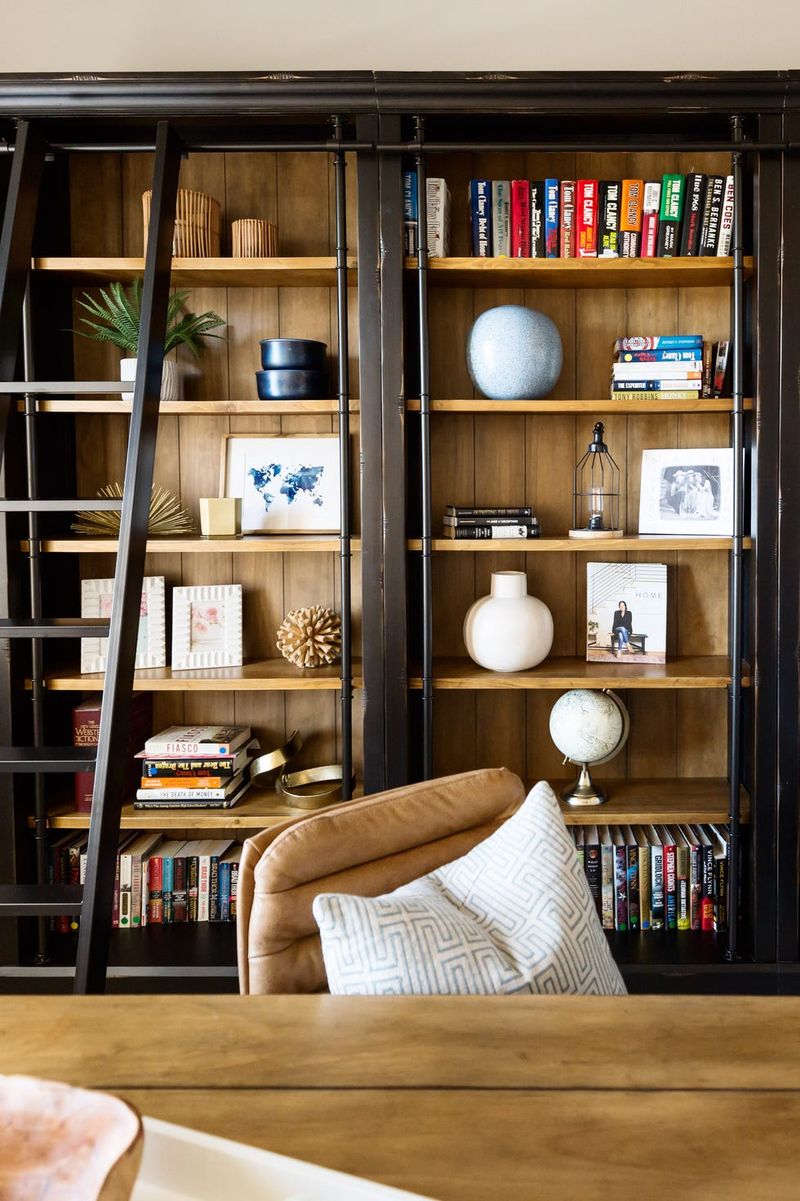
Stuffed bookshelves look like literary hoarding situations. When every inch is crammed with books, nothing gets proper attention and everything looks chaotic.
Leave some shelf space empty between book groupings. Mix in a few decorative objects or small plants for visual breaks.
Your books become easier to find and more appealing to actually read. Empty spaces create rhythm and make your collection look curated rather than just stored wherever books fit.
16. Keep Your Entryway Simple And Uncluttered
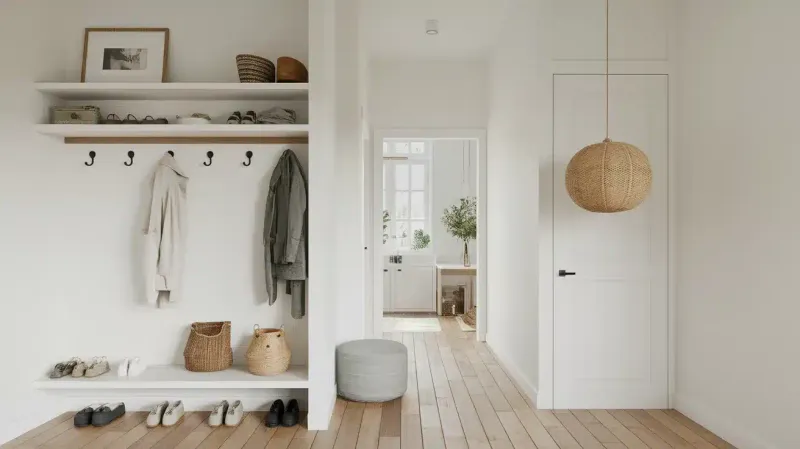
First impressions matter, and cluttered entryways make homes feel chaotic before visitors even get inside. Shoes, coats, bags, and random items create obstacle courses.
Keep only essential items visible. Use hooks for coats and a simple shoe storage solution. Leave floor space open for easy movement.
Your home feels more welcoming and organized from the moment people walk in. Clean entryways set the tone for the entire house and make coming home feel peaceful.
17. Create Visual Breathing Room With Your Lighting Choices
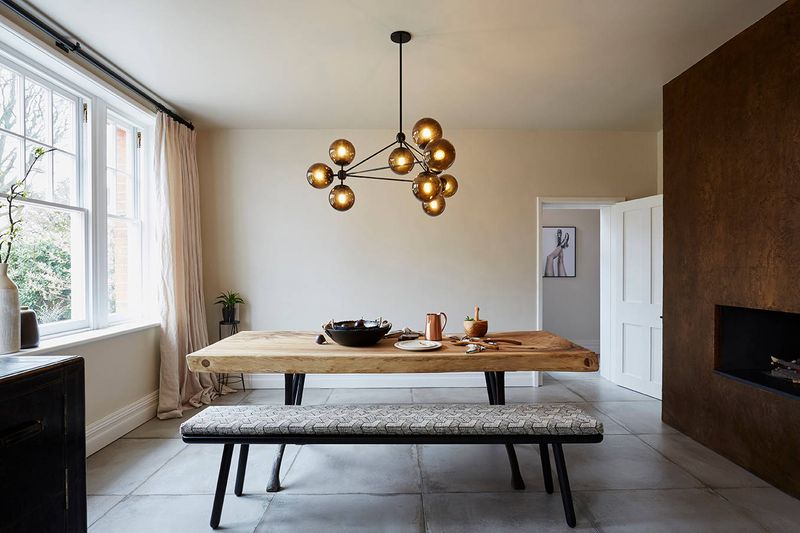
Too many light sources create visual competition and make rooms feel busy. Lamps, overhead lights, and accent lighting can overwhelm instead of illuminate when overdone.
Choose fewer, better light sources. One statement lamp often works better than three small ones cluttering surfaces.
Your lighting becomes more intentional and effective. Strategic placement creates pools of light with darker, restful areas between them. This contrast makes rooms feel more sophisticated and comfortable rather than overly bright.



